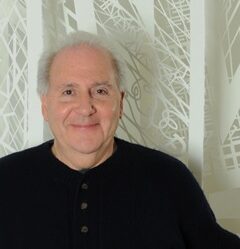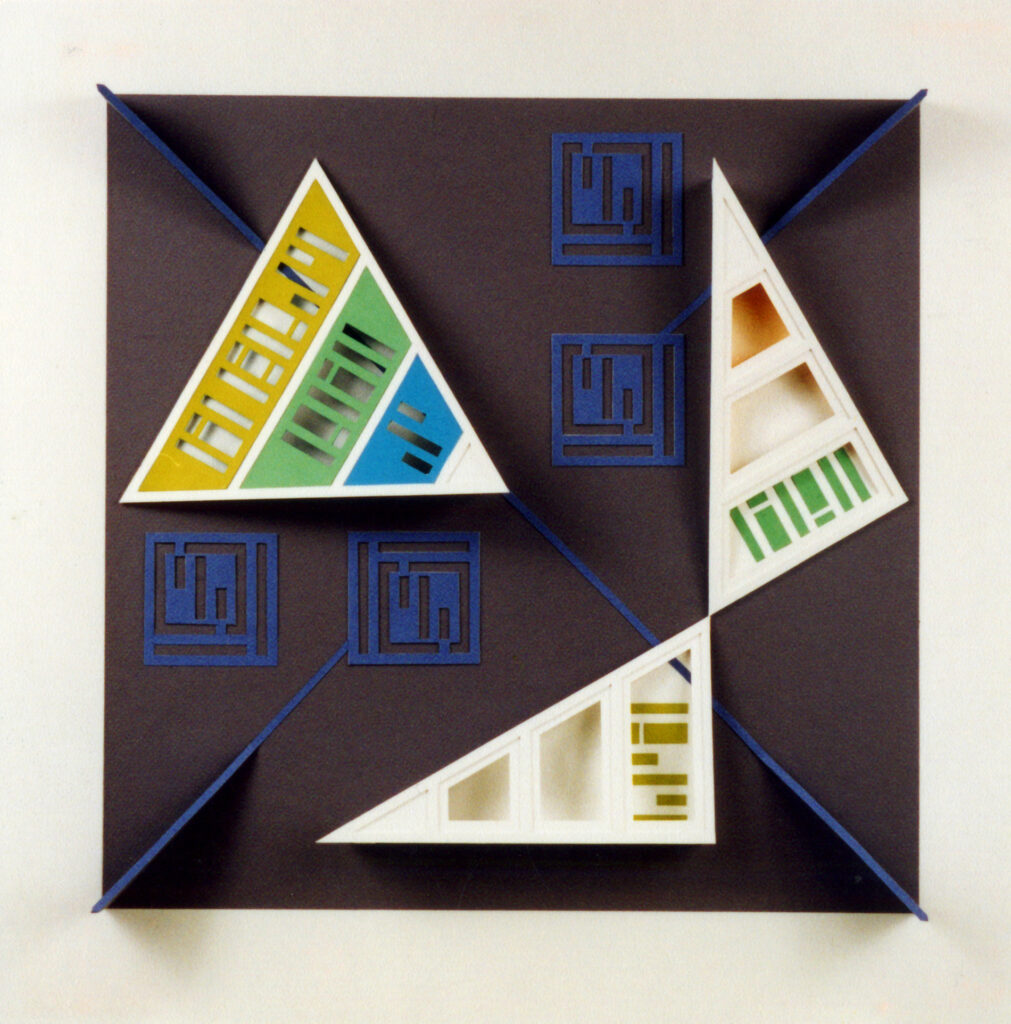
Carlos Alfredo Ara Monti
Born in Paraná (1948), Entre Ríos, Argentina. Graduated from the Manuel Belgrano and Prilidiano Pueyrredón schools of Fine Arts in Buenos Aires. He is a tenured professor at the IUNA (National University Institute of the Arts). He participated in National and Provincial salons. Creator of the TES XX Group and OBRAS EN PAPEL. He has participated in numerous solo and group exhibitions. He exhibited with the group TES XX at: Museum of Modern Art of Latin America;
Organization of American State presented under the auspices of the Museum of Modern Art of Latin American; Organization of American State Building, Washington DC, USA. With WORKS ON PAPER, they have been presented in Galleries and Museums in Argentina and abroad. He has designed and directed scenographic projects, standing out: ¨Universo de Borges “- International Foundation”
THE INTERVIEW WITH PROFESSOR CARLOS ALFREDO ARA MONT

ARCPROSPECT: When did you first realize that you were an artist?
ARA MONTI: The first time I had a box of pastel chalk in my hands, the fascination led me to explore and create works. Since then, I have not ceased in my condition as an artist. I studied Fine Arts, and I dedicated myself to aesthetic production as a way of life to this day.
ARC: What is your main inspiration for making art?
AM: The main sources have been literature, the works of other artists and philosophy.
ARC: Is there a particular philosophy or worldview behind your creative process? Which?
AM: As should be the case in any creative process, of course there is a philosophical attitude. As an author, I express my point of view, my worldview in aesthetic realization, as a reflection on the issues that call me.
ARC: What is the main and most important purpose of art? How does your work relate to this end?
AM: The main objective of art is to elevate the viewer to a state of reflection. Leaving aside the fashions and trends lacking in content, my work travels a different path, connecting with the point of view, with the thought that leads me to the realization of the work.
ARC: What projects would you be interested in developing in the future? Where is your art going? What are you planning?
AM: Based on a trajectory, the future is just a “being”, as a constant construction, where I intend to continue developing my idiolect. My art goes its own way, and the plan leads me to produce and exhibit in international spaces and fairs where the productions we make are accommodated.
ARC: What is your opinion about contemporary art?
AM: What is called contemporary art today is not art and it is not from today. It is based on closed discourses, devoid of content and codified to the extreme; they are traditional recipes, which must be fulfilled to be considered “art”. Given the use of linguistic resources to induce a single interpretation of what is exhibited, there are other ways of specifying the aesthetic discourse, which is what I mentioned before; and that consists of addressing the discourse from a thought, a reflection, which underlies the transit of aesthetic realization.
ARC: Do you consider that your work opposes the trends of contemporary art?
AM: Considering the previous answer, I would not say that he is opposed, in any case he does not belong to the family that is grouped in that euphemism. Against the crystallized contents, I intend to elaborate a speech that projects an infinite thought, according to each spectator who interprets.
ARC: Do you think art will survive as true art in the middle of the 21st century? Can we speak of “true art”?
AM: Art is a manifestation that cannot be ignored or silenced, it is a basic human need. It survives in all circumstances and reveals itself. The doubt is found in the limits that are taken as delimitations of the truth, as a term. Considering the mutations and variations, I believe more in the evolution of thought in a rhizomatic way as a criterion for the survival of art.
ARC: Do you think that digital technology represents a threat to art and culture?
AM: There is no way that digital technology represents a threat, since it is a tool, which -moreover- has not yet found its own code within the culture. Just as the essence of art is the aesthetic function, the essence of digital technology is a pure utilitarian function, so they do not belong to a common field either.
ARC: What will happen to the world of religion? Do you think there is any relationship between art, religion, and human fulfillment?
AM: Following the time course of humanity, there may not be significant changes. In the case of an intimate and personal conviction, in the social there will always be rejections and acceptances, since it depends on the communion of a society with such beliefs.
There have always been established relationships between art and human achievement, since the themes of philosophy are intrinsic to them at the level of thought, evolution and ethics, for example; and as a development of religious thought, too.
